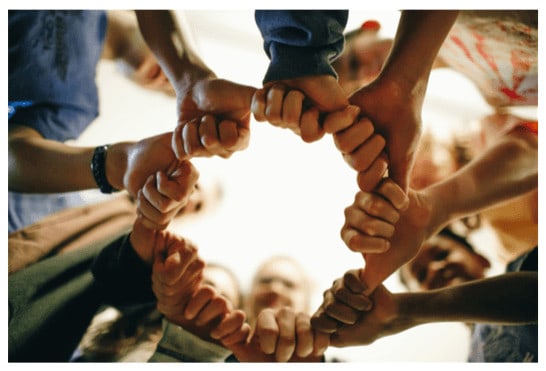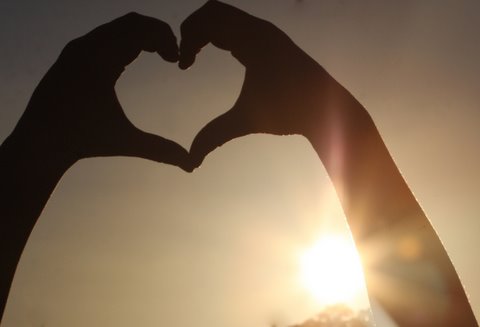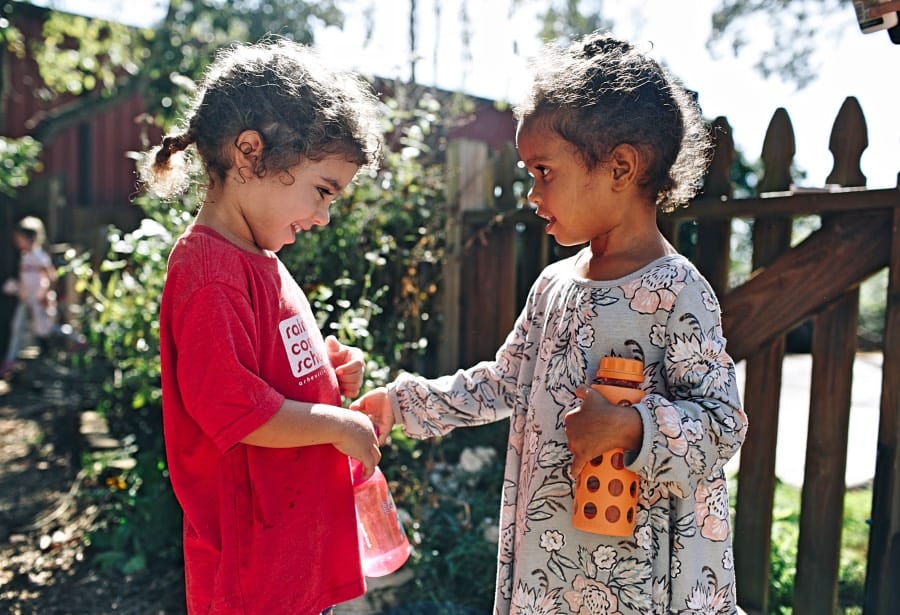
Heart of the Matter – February 2019
Rainbow Community School is a resource for students, families, and Asheville community members that provides a safe, educational, and social environment. RCS stimulates compassion and empathy between and among these stakeholders.
Ends Policy #3: Community Resource
This the third in a series for Heart of the Matter based on our board Ends Policies. Ends Policies are written by the Board as the guiding light for our school. They point the way toward who we want to be and where we want to go. Ends Policies may seem lofty because they are meant to be grand goals that we may never fully reach but we are always working toward.
As Executive Director, I am responsible for implementing systems and programming at Rainbow Community School that work toward our Ends. For this series of Heart of the Matter, I am sharing my interpretation of each Board Ends Policy so we all know what our intentions are as a community.
This issue focuses on Ends Policy 3, which addresses the Board’s intention that Rainbow Community School serves as a community resource.
Education is for improving the lives of others and for leaving your community and world better than you found it. –Marian Wright Edelman
What is community and what does it mean to be a community resource for our school?
“Community” is the middle name of our school. Why did we choose this as part of our name?
An individual or a community can each exist as a discrete entity. They can also exist along a continuum, with individualism and communalism at opposite ends, and with a range of merged characteristics along that line.
At Rainbow Community School we seek a balance between the two. We live in a Western nation founded on individualism, which our culture promotes over communal values. Embracing both of these elements is quite unconventional. What’s more, RCS doesn’t seek a balance between individualism and communalism through compromise, but with a both/and approach. The result is a school that lovingly embraces and nurtures a strong communal culture, while also courageously promoting the identity development of each individual. Each student receives individualized attention that, in turn, strengthens the community as a whole.
Empathy is the starting point for creating a community and taking action. It is the impetus for creating change. –Max Carver
How is a community strengthened by individuals?
At RCS, when a student takes a stand on an issue, or achieves a goal, these actions do not take away from the community. Rather, they enrich it. In addition, by bringing in different lived experiences and perspectives, we also know that diverse individuals make us stronger. This is in contrast to traditional communalism where homogeneity is the norm. Still, the community is strengthened when an individual may have exceptional needs or accommodations, and the community rallies to support that need.
How are individuals strengthened by our communal values and by our culture of community support?
First, students know they have the backing of their peers. Because of the emotional safety at Rainbow, students can use their failures to learn, and ultimately triumph. Students can take risks and perhaps not succeed the first time because they know they have the support of teachers, as well. In addition, when bad luck befalls an individual, our loving community can act supportively to help that person. Our students can dare to be unique, because they will be recognized and appreciated for their distinctive efforts and contributions.
Students who have grown up in the RCS model become accustomed to taking risks and can accomplish many things. They do this within the positive framework of our holistic system, and support of our community. Therefore, they develop strong personal identities, while also having a communal consciousness. This awareness extends beyond their immediate community to concern for the city in which they live, as well as the state, nation, and world. The outcome is that Rainbow sends out students who apply their individual strengths and talents toward the greater good.
Curriculum
Our students participate in a curriculum that integrates learning about communal cultures and values. Students create and agree to adhere to classroom rules, work on group projects, and engage in group play and planning time. They develop a sound understanding of what it means to collaborate with each other, care about one another, as well as develop their sense of morals and ethics. This occurs all within our holistic curriculum. In addition, students learn effective communication skills, including “compassionate communication.” Rainbow teachers instruct students on using practical common skills as well as help them develop empathetic ways to communicate and to contribute to the community.
A true community is not just about being geographically close to someone or part of the same social web network. It’s about feeling conncted and responsible for what happens. Humanity is our ultimate community, and everyone plays a crucial role. –Yehuda Berg
Culture
With the above-named beliefs, social norms, and the method of education, the culture at Rainbow Community School is one where students feel loved and supported by their peers and the larger school community.
It’s not just students who benefit from this culture, however. Faculty, parents, and other adult members of our community also value their membership. They experience enjoyable community interaction, they learn about the world and themselves through participation in the community. Because of support and encouragement they feel, adult community members feel comfortable to seek advice or assistance when they are enduring tragedy or hard times. This sense of community means that families don’t feel they need to compete with one another, or that they must “keep up with the Joneses.” Instead, they can be vulnerable with one another in a community of mutual support, with acceptance for their weaknesses and flaws, as well as their strengths.
The goal is for all community members feel a sense of inclusion, belonging, and purpose. In other words, every community member feels recognized and also recognizes their role in the community. Everyone feels like they have something to contribute. When community members feel a sense of commitment to their community, they naturally give of themselves through doing their best work, providing a service, or contributing through donations.
A strong culture has symbols, rituals, and routines that create an identifying culture. Informal and formal interactions (such as celebrations) help make up the fiber of community. These occasions allow our community to celebrate together, as well as grow closer through shared experiences.
Systems and policy
At the classroom level, behavior policies reflect community values in several ways:
- By creating class rules and decisions collectively as a group.
- By encouraging students to consider their impact on their classroom community when they are not abiding by the agreed-upon behaviors, rather than simply being rule-oriented.
- Using restorative practices for students who may need redirection.
At the larger level, policies and decisions are made with community values in mind. (Some of this overlaps with the Social Justice Ends interpretation, See Ends Policy 7.) Our style of governance includes the voices of all individuals (who are willing to participate), and uses a flattened hierarchy – a sociocratic system – for consent decisions designed to include multiple perspectives.
Rainbow Community School Ends Policies
E-1 School Mission
E-2 Beauty, Truth, and Goodness
E-3 Community Resource
E-4 Influencing Education
E-5 Spiritual Growth
E-6 Environmental Sustainability
E-7 Social Justice and Equity
In general, the need, strength, or power of an individual does not supersede the consideration of the community and vice versa. Individual needs are seen and met because our sense of empathy. Our community has systems and facilities to foster community interaction and health, rather than individual efficiency. For example, we ask that parents walk their child to class. These systems ensure that bureaucracy does not weigh down communal values. Still, we can honor the individual as they go through their unique life circumstances and provide support as needed.
RCS will be viewed as a model community-oriented organization
Rainbow is a private school with a public purpose. These means that while we take care of ourselves as an organization, we strive to do so with the larger community in mind. We do this because it is the right thing to do. Equally important, we understand that when we take care of the community, it reciprocates.
We care for the larger community in several ways:
We directly serve the larger Asheville Community in as many ways as feasible and appropriate. (Providing financial aid and loaning out our facilities are two examples.)
We are a model school that can be emulated by other schools and educators, and/or we directly provide training and education to other organizations and for the field of education at large.
We promote integrity and ethical actions in order to be a model organization with a positive reputation.
In general, we seek to model the ideals for a world in which we wish to live – both for the sake of the world and as a teaching mechanism for our students.

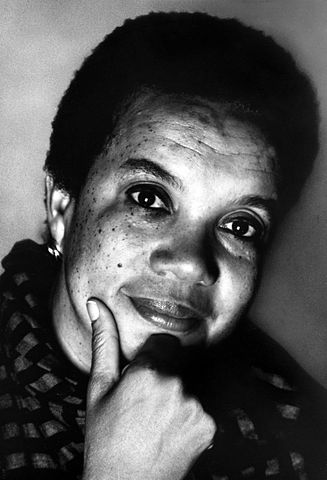



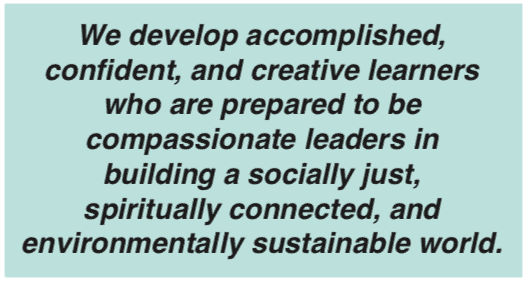
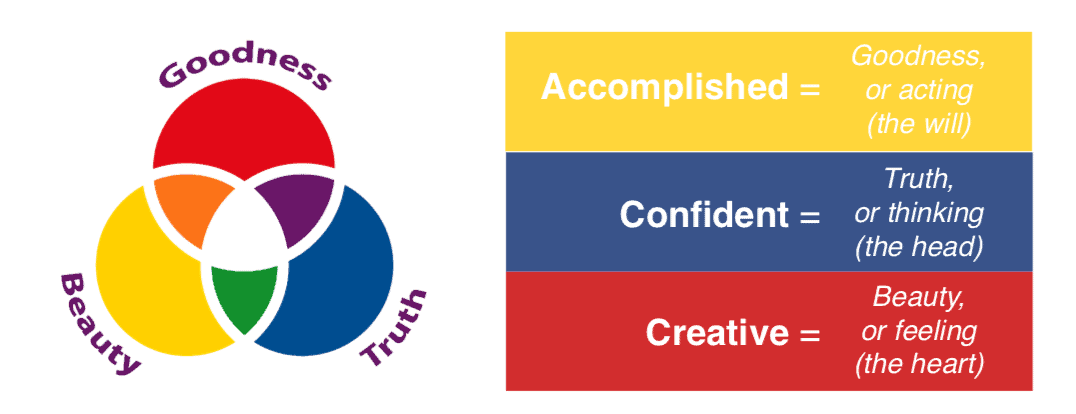
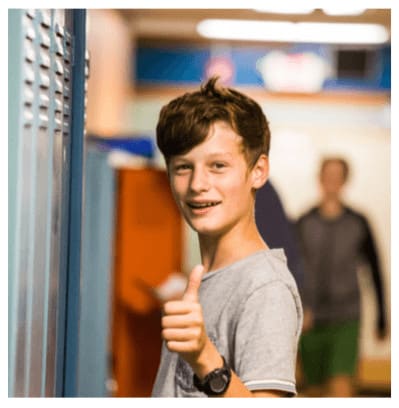 “Confident” has to do with the way learners approach the world. We want learners to see themselves confidently as forces of good in the world.
“Confident” has to do with the way learners approach the world. We want learners to see themselves confidently as forces of good in the world.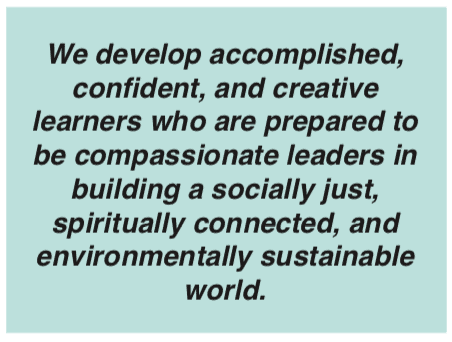
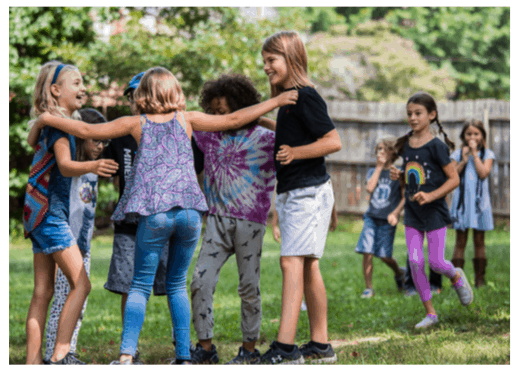 Learners who are compassionate have learned from a very early age to sit still and go inward to reflect on their emotions and notice how emotions affect their thoughts and actions (and more emotions).
Learners who are compassionate have learned from a very early age to sit still and go inward to reflect on their emotions and notice how emotions affect their thoughts and actions (and more emotions).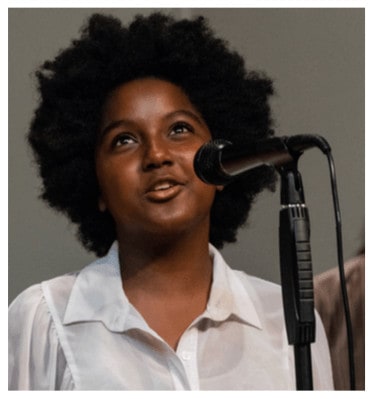 Note that compassion does not stand alone in the mission, but as a descriptor of the word “leaders.” Compassionate leaders have learned, as mentioned above, that the heart is actually the most appropriate personal “leader.”
Note that compassion does not stand alone in the mission, but as a descriptor of the word “leaders.” Compassionate leaders have learned, as mentioned above, that the heart is actually the most appropriate personal “leader.”